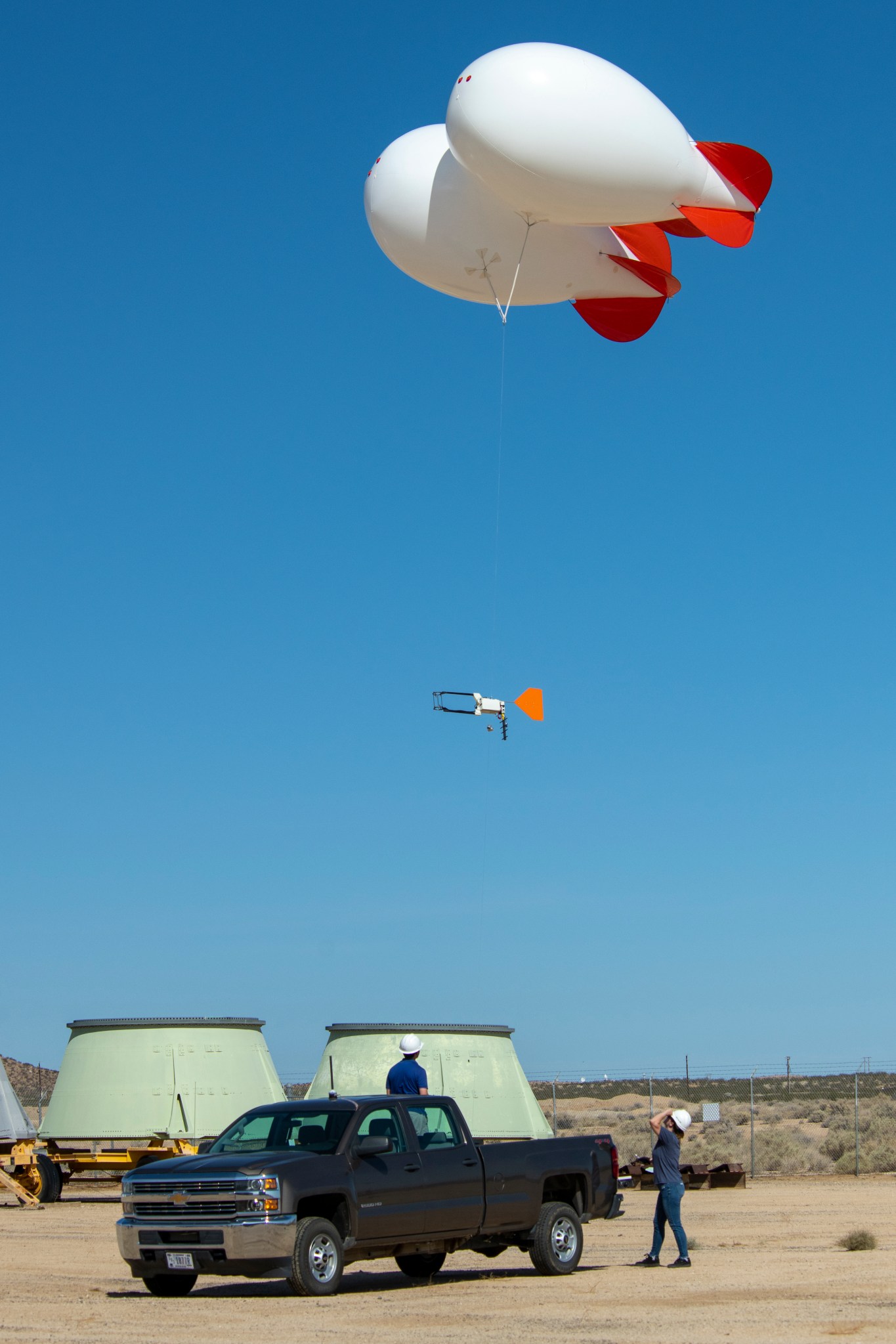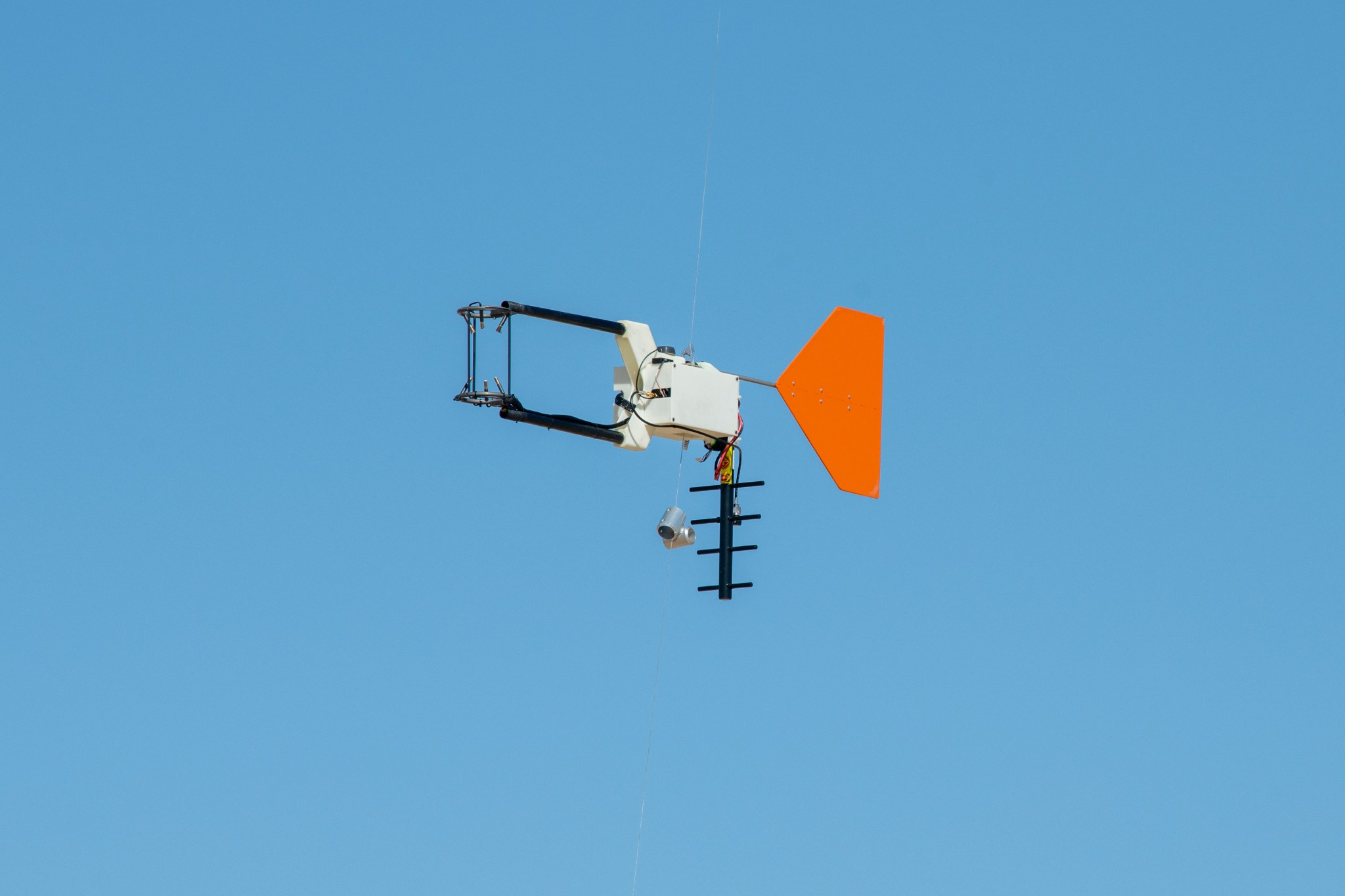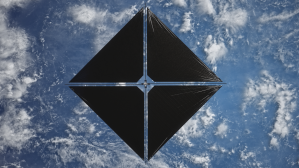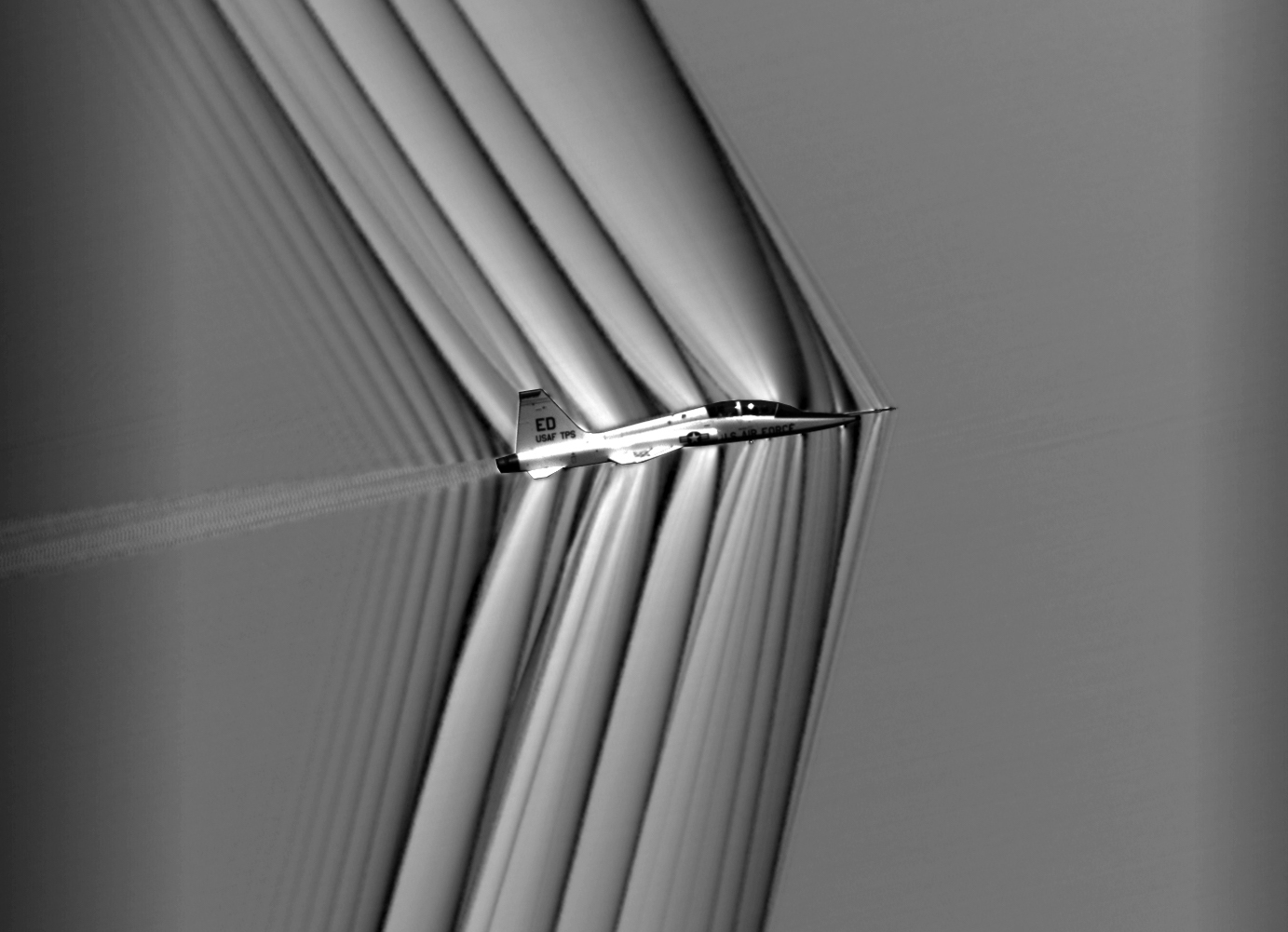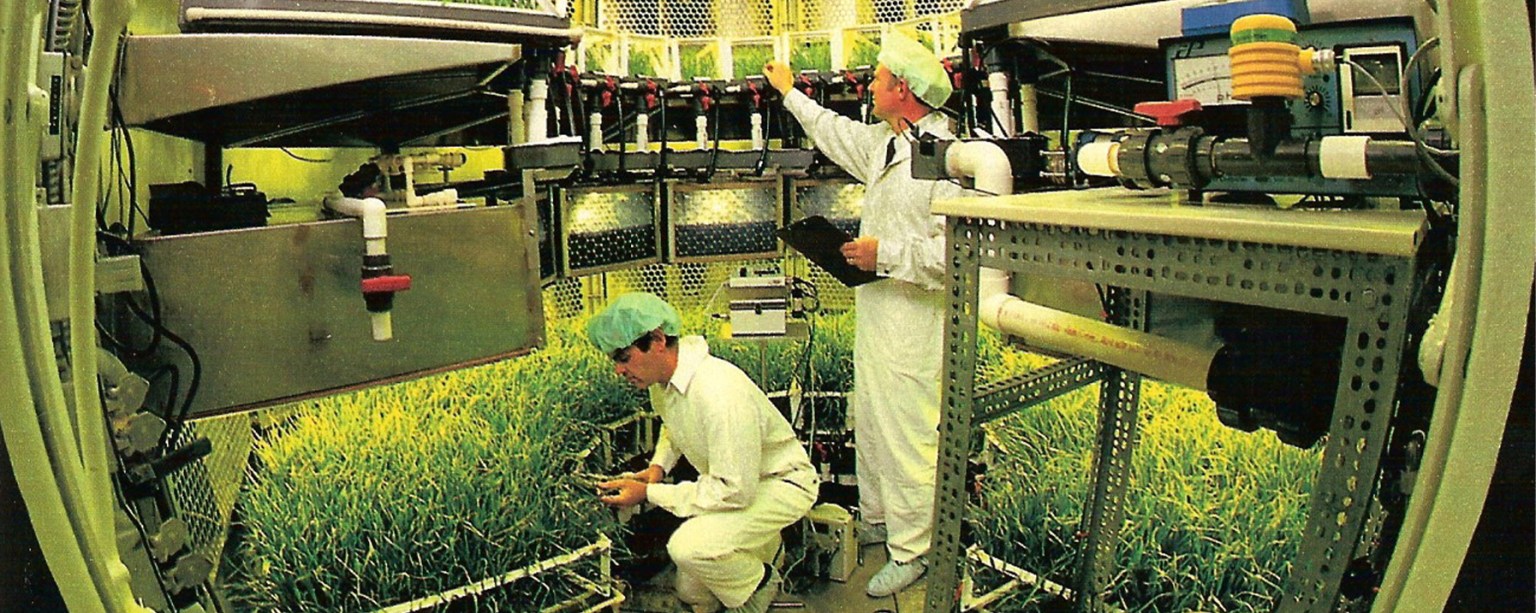Researchers at NASA’s Armstrong Flight Research Center in Edwards, California, developed an innovative atmospheric sensor suite, which can monitor air quality, help uncrewed aircraft avoid dangerous wind shears, and aid noise studies.
The idea for the sensor suite, called SonicSonde (pronounced Sonic S-ON-D), evolved from NASA Armstrong’s research into noise from non-engine aircraft components during airplane landings. Because weather conditions impact how sound travels, the team wanted data on conditions such as temperature, moisture, and wind speed, but no one instrument could provide all the data to the resolution required by advanced research projects.
“Ultimately, the SonicSonde project came about because we saw that there was that gap in technology,” said Senior Meteorologist Kimberly Bestul, the principal investigator for SonicSonde.
The team worked with an external weather instrumentation company to build a custom, lightweight sonic anemometer and then worked with NASA Armstrong’s model shop to develop a frame that allowed the instrument to spin into the direction of the wind.
A sonic anemometer, which uses ultrasonic sound waves to calculate wind velocity, is not new to the weather world, Bestul said. Sonic anemometers are typically fixed on a tripod or a structure at the surface, whereas SonicSonde is exposed to constant motion while tethered and ascending.
“A key aspect of this development was figuring out the math to allow us to get rid of the motion effect on the sensor so that we report true wind measurements as it’s going up and down that column of air,” Bestul said. “In addition, we have a temperature sensor, relative humidity sensor, pressure sensor, and an air quality sensor onboard. We can get all the variable data and have it wirelessly fed down to a ground station computer in near real time to give us a snapshot of the atmosphere at that time.”
The project was paid for through NASA Armstrong’s Center Innovation Fund, a program aimed at encouraging creativity and innovation while addressing NASA’s technology needs.
With the CIF funding, the SonicSonde project team custom-built a sensor platform that features a specialty, lightweight sonic anemometer, an instrument to measure atmospheric pressure, temperature, relative humidity, air quality, and wind velocities. Attached to two balloons tethered to a truck-mounted winch, SonicSonde provides measurements along a column of air up to 5,000 feet above ground.
“We chose a maximum altitude of 5,000 feet because the lowest layer of the atmosphere, specifically nearest the surface, is the most dynamically changing,” Bestul said. “To be able to frequently sample, at a high resolution, various atmospheric parameters is beneficial because it allows us to see the changes that occur in short time spans.”
Ground testing included attaching the instrument suite to a line to simulate swaying motion. That allowed the team to determine the proper math to correct for motion once the instrument was aloft.
“We started to do some ascent tests where we’d hold the instrument suite at a specific altitude and compare it to a fixed sensor at the same altitude,” Bestul said. “We let it drift like it normally would on the blimp and then compared the SonicSonde data to other sensor data to make sure that the math was still holding. From there, we did incremental altitude ascents to test how well the instrument suite was collecting data as it was constantly ascending.”
The researchers developed customizable computer software to support and display real-time data streaming and they did ascent testing over six days, wrapping up late last summer. The team continues to analyze test results.
“By the time we were on the last test, we were live streaming all the data as it was going up,” Bestul said.
The work resulted in a tethered sonic anemometer with the capability to capture a comprehensive snapshot of a vertical column of the atmosphere to a degree and resolution previously not obtainable in tethered instrumentation. SonicSonde offers flexibility to tailor data output and displays to specific research objectives.
“Everything that we set out to do, we accomplished,” Bestul said. A patent is pending for SonicSonde and it already has interest from manufacturers looking to commercialize the technology.



























